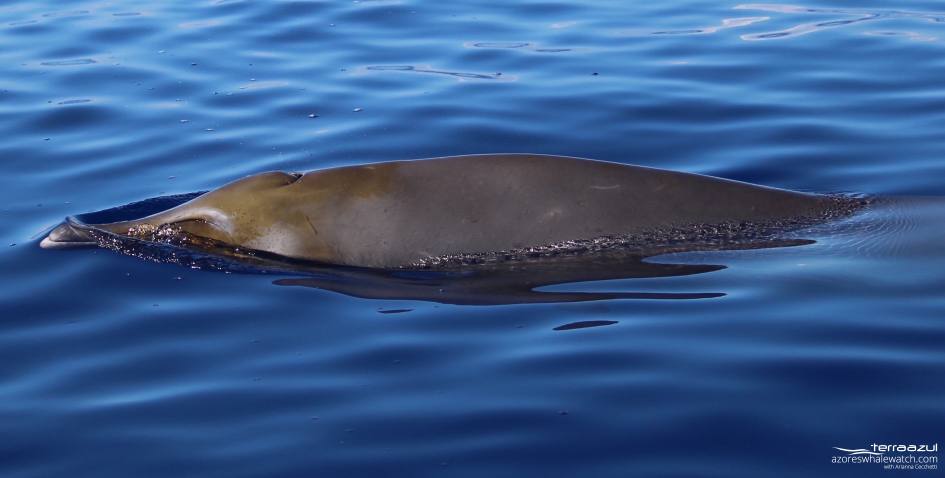
Close-up of a Blainville’s Beaked Whale (Mesoplodon densirostris) surfacing next to Terra Azul boat.
Despite the fact that very little is known about Beaked Whales, we can tell some interesting things about this special species group.
Beaked Whales belong to the second largest family of cetaceans after the dolphins. There are currently 23 recognized species of which 6 can be seen in the Azores. However, every now and then a new species is described by researchers! This is due to their preference for off-shore, deep waters.
That is, Beaked Whales are amongst the deepest and longest diving of all marine mammals. Cuvier’s Beaked Whale (Ziphius cavirostris) currently holds the record: one individual dove at 2995 meters and another one dove for 2 hours and 20 minutes!!! They can be rightly considered to be deep-water species that occasionally come to the surface to breathe rather than surface species, as they spend the majority of their lives at depth. They feed on deep water squid, fish and sometimes crustaceans species.
On the South-East side of São Miguel Island, our crew and guests had several sightings of Beaked Whales, especially in the past two months, most of the time identified as Blainville’s Beaked Whales (Mesoplodon densirostris) or Sowerby’s Beaked Whales (Mesoplodon bidens). Because we actually encounter them throughout the year, we started to believe that they might be a ‘resident’ species here. More information below proves that maybe we are not wrong for one species in particular.
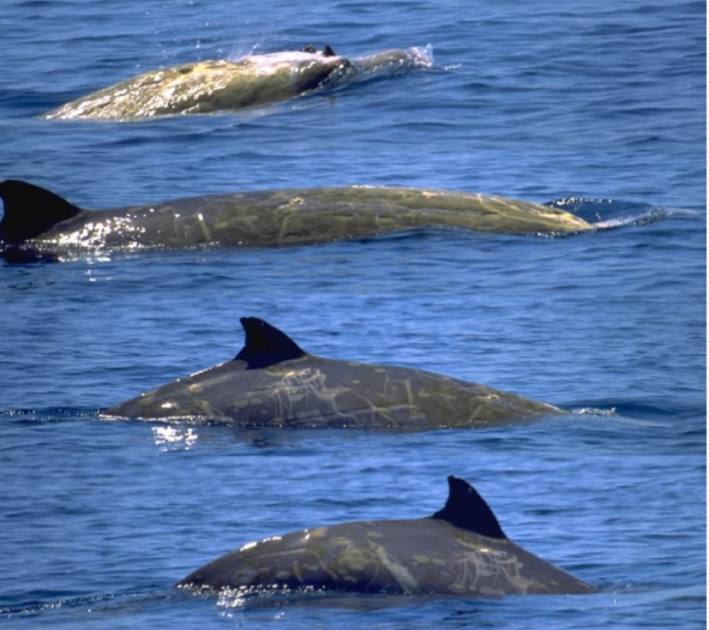
Beaked Whales have spindle-shaped bodies with small, sub-triangular dorsal fins. Males, such as this adult male Blainville’s Beaked Whale, typically have a pair of teeth that protrude from the closed mouth to form tusks to use in male-male combat. This results in large amounts of scars. Source: Encyclopedia of Marine Mammals IIIrd Ed. Bernd Würsig, I. G. M. Thewissen & KIT M. Kovacs
Beaked Whales are generally thought to be offshore species. However, it is their preference for deep waters, usually over 200 m deep, rather than the distance from shore itself that limits their occurrence. Where deep waters are found close to shore, such as around oceanic islands, beaked whales are observed more frequently. In the few locations where they have been studied, mostly there was a link with areas of complex seabed topography where deep-water currents interact with the seabed, such as around the islands of the Azores. In particular, Blainville’s Beaked Whales seems to be resident around Hawaii Islands and researchers have documented individuals’ site fidelity of 15 years at least.
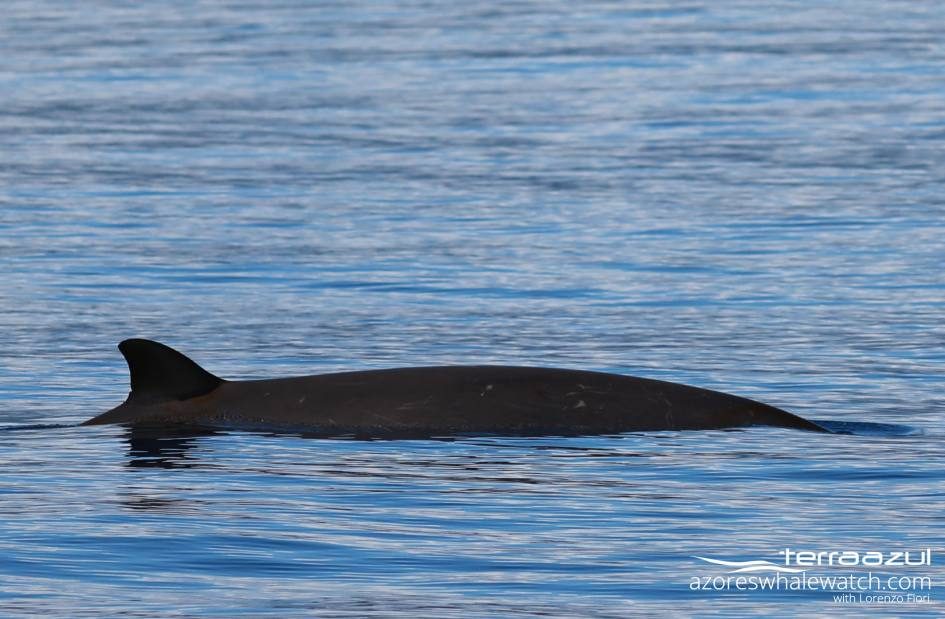
An adult female Blainville’s Beaked Whale (Mesoplodon densirostris) photo-identified by Terra Azul crew in June this year.
Of course we are not sure if they are residents here in São Miguel. If that is the case, we might have to update our ‘resident’ species list! 😀 😀 😀












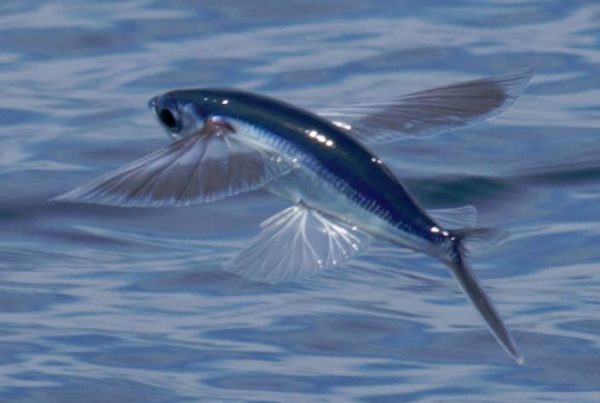
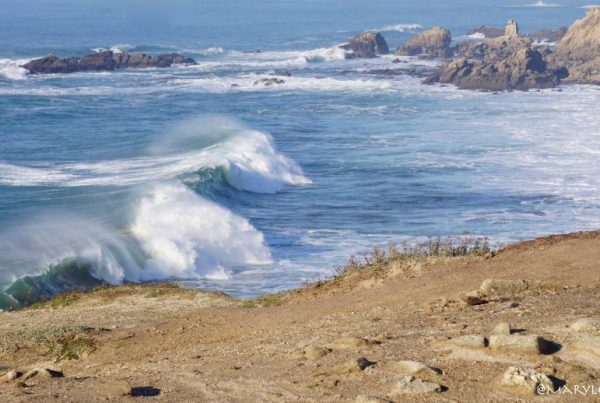
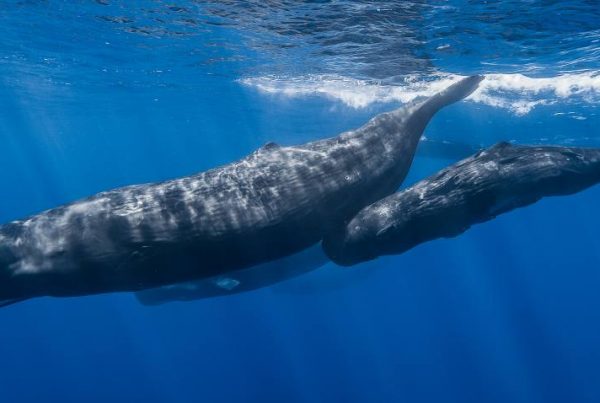



Your thoughts on this?